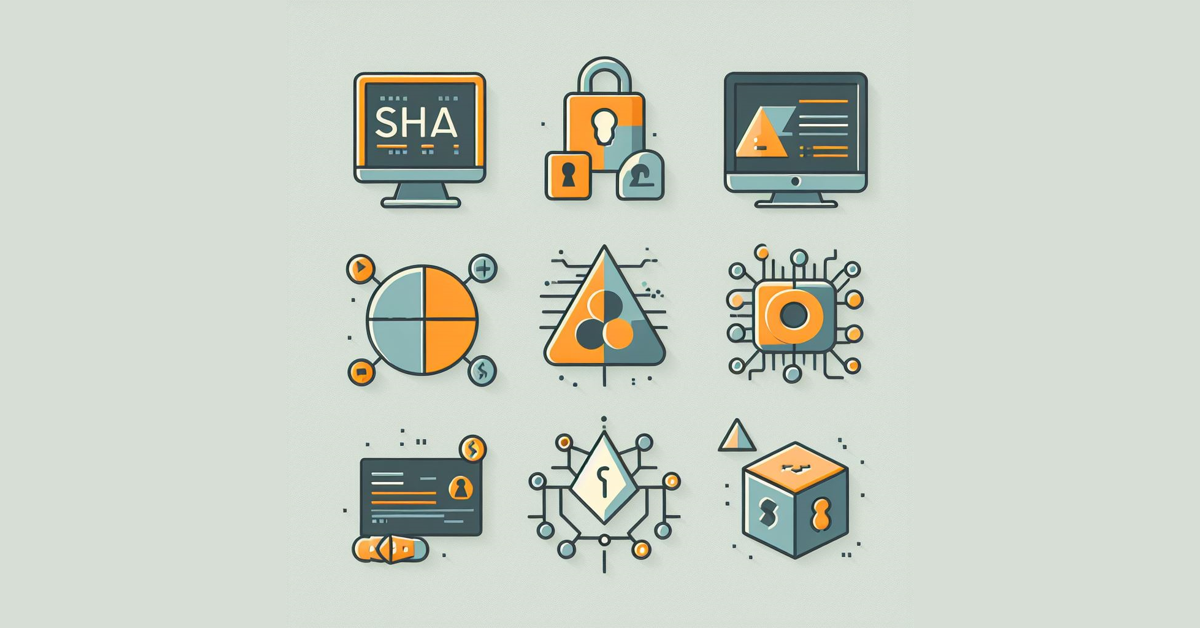Content Delivery Networks (CDNs) are the unsung heroes behind the scenes, ensuring that the internet runs smoothly for users worldwide. CDNs are like a global network of delivery trucks strategically positioned to bring web content right to your doorstep. They speed up websites by storing copies of content closer to users, minimising waiting times. Moreover, CDNs enhance reliability by distributing content across multiple servers, ensuring websites stay online even during heavy traffic or server issues. Additionally, CDNs bolster security measures, protecting websites from cyber threats with encryption and other safeguards. In essence, CDNs make the internet faster, more reliable, and safer for everyone, revolutionising the way we experience the digital world.
🤡
Why don’t eggs tell jokes?
Because they’d crack each other up!
History of CDNs
Origins of CDNs
CDNs started in the 1990s to make the internet faster and more reliable. Traditional web hosting couldn’t handle the growing web traffic, so CDNs were created to solve this problem.
Evolution of CDNs
- Early Stage: CDNs began as basic systems that copied website content to servers in different places. When you wanted to see a website, the CDN would show it from the nearest server, making it load faster.
- Expansion and Globalisation: CDNs grew to have servers all around the world, so no matter where you were, you could access websites quickly. Big companies like Akamai led this expansion.
- Technological Advancements: CDNs got smarter, able to handle all kinds of content like videos and apps. New ideas like edge computing made them even faster by putting computer power closer to users.
Key Milestones and Innovations
- 1998 – Akamai Technologies Founded: Akamai started the CDN industry, speeding up the internet by using lots of servers worldwide.
- 2002 – Dynamic Content Delivery: CDNs began handling personalised content quickly, not just static web pages.
- 2008 – Launch of Cloudflare: Cloudflare offered a mix of services, including CDN and protection against internet attacks, changing how CDNs worked.
- 2015 – Rise of Edge Computing: Edge computing put more power at CDN servers, making websites and apps even faster and more responsive.
- 2020 – Adoption of Machine Learning: CDNs started using machine learning to predict internet traffic and deliver content even faster.
These milestones show how CDNs evolved from simple helpers to essential parts of the internet, making it faster and more reliable for everyone.
How CDNs Work
Content Caching and Distribution
CDNs store copies of website content on servers around the world. When you visit a website, the CDN finds the closest server to you and delivers the content from there. This makes the website load faster because the data doesn’t have to travel as far.
Edge Servers and PoPs
- Edge Servers: These are special servers placed in many locations worldwide. They store and deliver website content quickly to users nearby.
- Points of Presence (PoPs): These are strategic locations where CDN providers put groups of edge servers. They ensure that users everywhere can access content quickly.
By using this setup, CDNs make websites load faster for users no matter where they are, improving the overall browsing experience.
Benefits of CDNs
- Faster Websites: CDNs make websites load faster by storing content closer to users, reducing the time it takes to access information like images and videos.
- More Reliable and Scalable: CDNs spread website content across multiple servers worldwide, preventing crashes and slowdowns, even during high traffic times.
- Better Security: CDNs protect websites from cyberattacks like DDoS by distributing traffic and encrypting data, ensuring safe and secure online experiences for users.
In essence, CDNs boost website speed, reliability, and security, improving user experiences and safeguarding against digital threats.
Use Cases of CDNs
E-commerce Websites
- Amazon, eBay, and others use CDNs to make shopping faster.
- CDNs help by showing pictures and videos quickly.
- Example: Amazon uses CDNs to show products faster, leading to more sales.
Media Streaming Platforms
- Netflix, YouTube, and others use CDNs for smooth video watching.
- CDNs make videos load faster and play without interruptions.
- Example: Netflix uses CDNs to let people watch movies without waiting.
Gaming Companies
- PlayStation, Xbox, and others use CDNs for game updates.
- CDNs help downloads happen faster and games run smoothly.
- Example: Riot Games uses CDNs for faster updates in games like League of Legends.
News and Media Websites
- BBC, CNN, and others use CDNs for news delivery.
- CDNs make news load quickly, especially during big events.
- Example: BBC uses CDNs for faster video streaming during important news events.
These examples show how CDNs make websites and services faster and more reliable for everyone.
Challenges and Limitations
CDN Downtime
- CDNs can sometimes experience downtime due to server failures or network issues, which can disrupt content delivery and affect website performance.
- Website owners should have backup plans in place to minimise the impact of downtime, like using multiple CDN providers or implementing failover mechanisms.
Increased Complexity
- Setting up and managing a CDN can be complex, requiring expertise and resources to integrate with existing systems and optimise performance.
- Managing different CDN configurations for various content types adds to the complexity.
Potential Costs
- CDNs come with costs, including subscription fees and data transfer charges, which may be a concern for organisations with limited budgets.
- It’s essential to carefully assess the cost-benefit ratio and choose a pricing plan that fits your budget and needs.
Data Privacy and Compliance
- Distributing content across multiple servers raises privacy and compliance concerns, especially regarding sensitive or regulated data.
- Organisations must ensure compliance with data protection regulations like GDPR and HIPAA, and CDN providers should offer features like encryption and access controls to help with this.
Despite these challenges, CDNs offer significant benefits, such as improved website performance and security, making them a valuable component of modern web infrastructure.
Future Trends and Developments
- Edge Computing Integration: CDNs are getting smarter by processing data closer to users, reducing delays. This means faster and more personalised content delivery.
- Serverless Architectures: CDNs are becoming more flexible and cost-effective by using serverless setups that adjust resources as needed, saving money and improving responsiveness.
- Multi-Cloud Integration: CDNs are working seamlessly with multiple cloud providers for better redundancy and global coverage.
- Containerisation and Microservices: CDNs are getting more agile and easier to manage by breaking down into smaller, more flexible parts.
Innovations in CDN Optimisation
- Machine Learning and AI: CDNs are using AI to learn from user behavior and network conditions, making content delivery faster and more efficient.
- Predictive Analytics: CDNs are getting better at predicting when and where content will be needed, reducing delays and congestion.
- Blockchain for Content Authentication: CDNs are exploring blockchain to make sure content is genuine and secure, improving trust and security.
Speculations on Future Evolution of CDNs
- Hyper-Personalised Content Delivery: CDNs may offer more personalised content experiences based on individual preferences, improving user satisfaction.
- 5G and Edge Computing Synergy: CDNs may work closely with 5G and edge computing to deliver ultra-fast content, supporting new technologies like AR, VR, and IoT.
- Autonomous CDN Management: CDNs might become self-managing, automatically adjusting to changes in demand and conditions, ensuring reliable content delivery without human intervention.
CDNs will continue to evolve to meet the growing demands of the internet, offering faster, more reliable, and more personalised content delivery experiences.
Content Delivery Networks (CDNs) are indispensable for enhancing website performance and user experience on the internet. By storing website content across a network of servers worldwide, CDNs significantly reduce load times and ensure reliability for users accessing websites from various locations. While challenges like downtime and costs exist, the benefits of CDNs, such as faster delivery speeds and improved security, outweigh these concerns. As technology continues to advance, CDNs will evolve to offer even more efficient content delivery solutions. Therefore, website owners and app developers should seriously consider implementing CDNs to optimise their content delivery and enhance overall user satisfaction.



